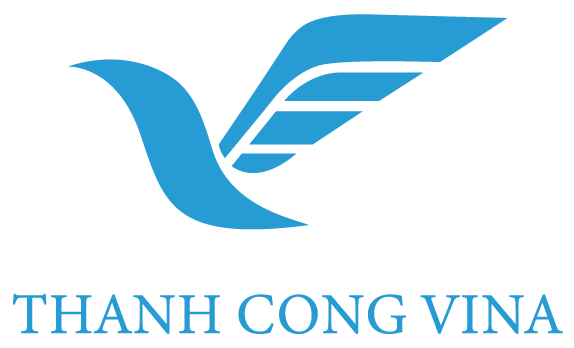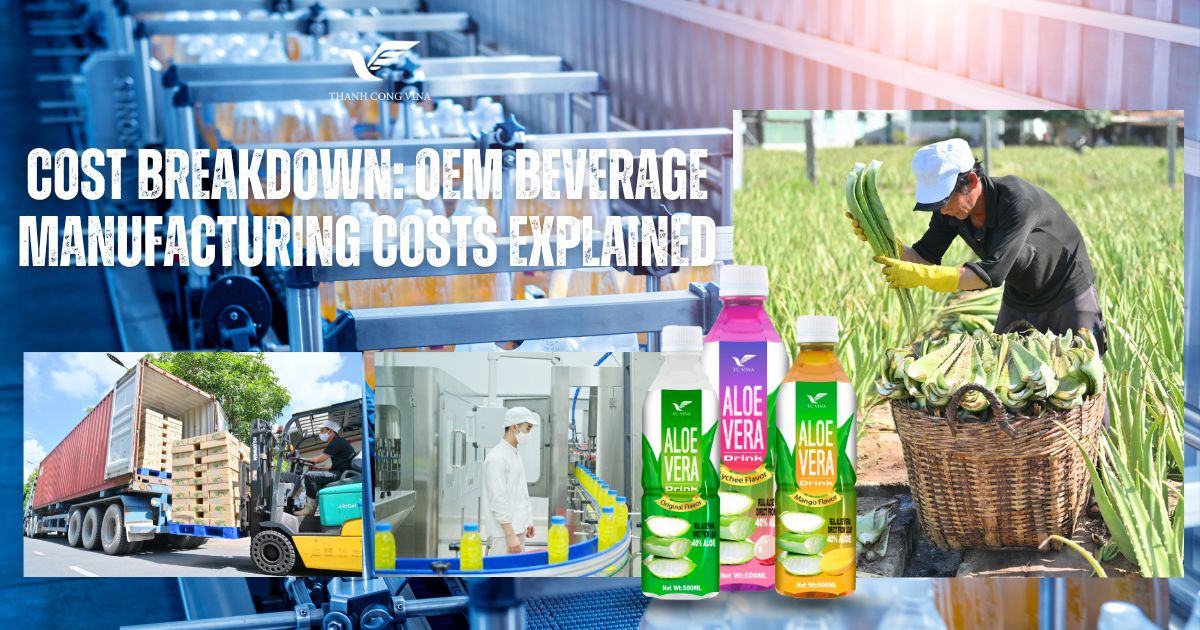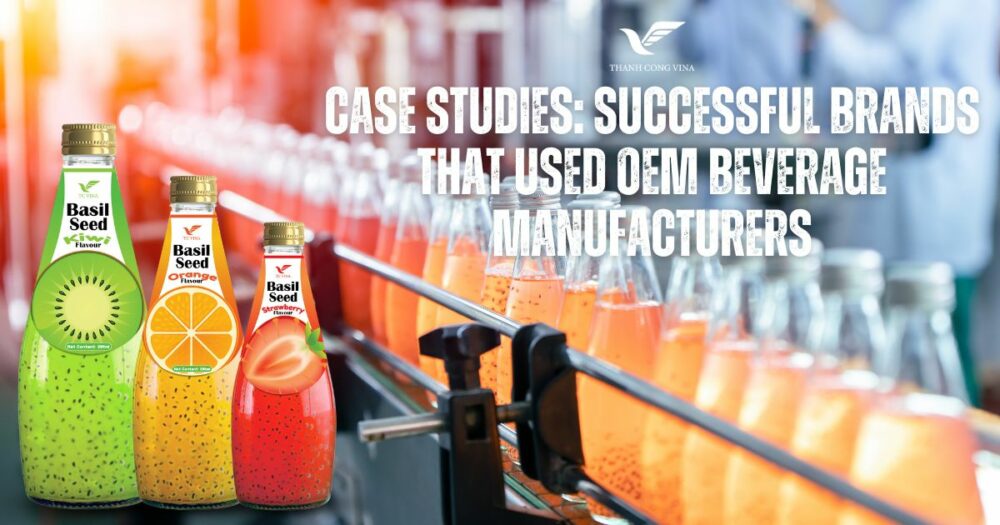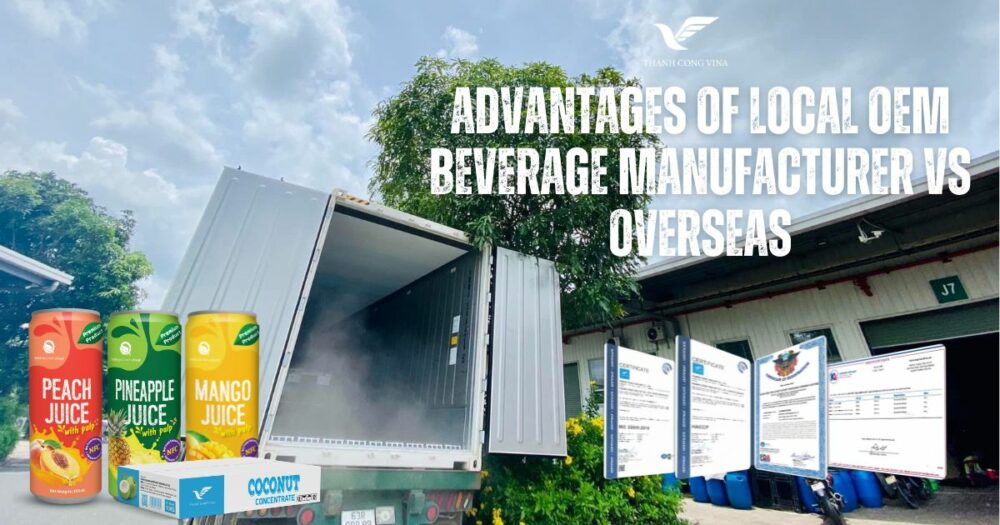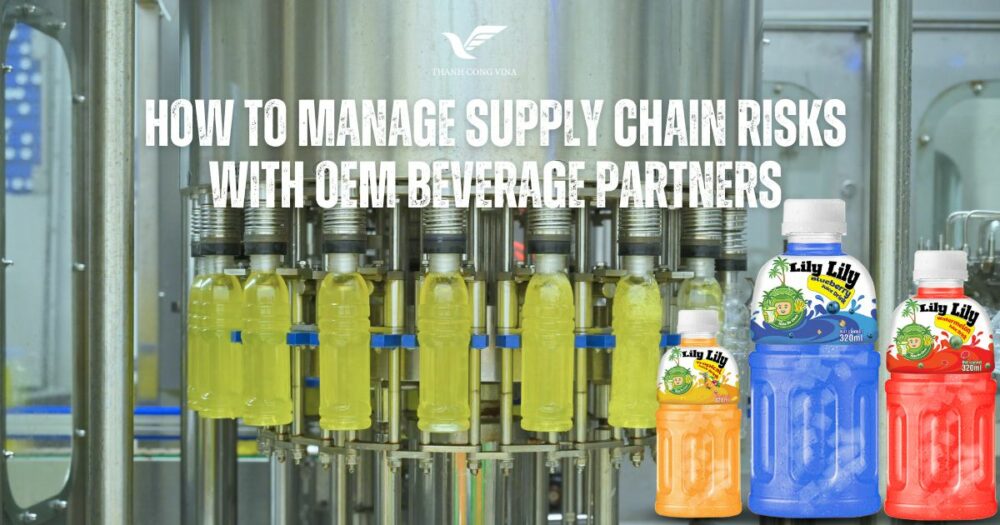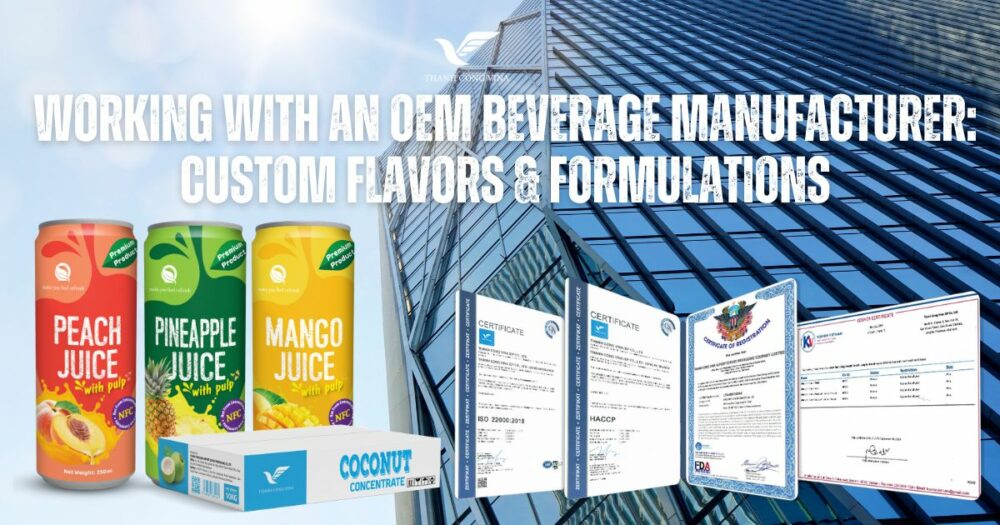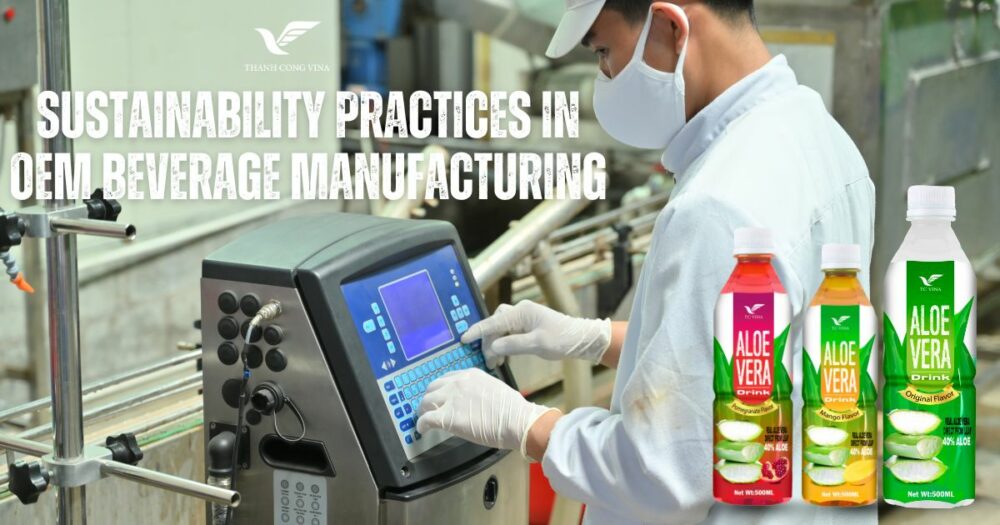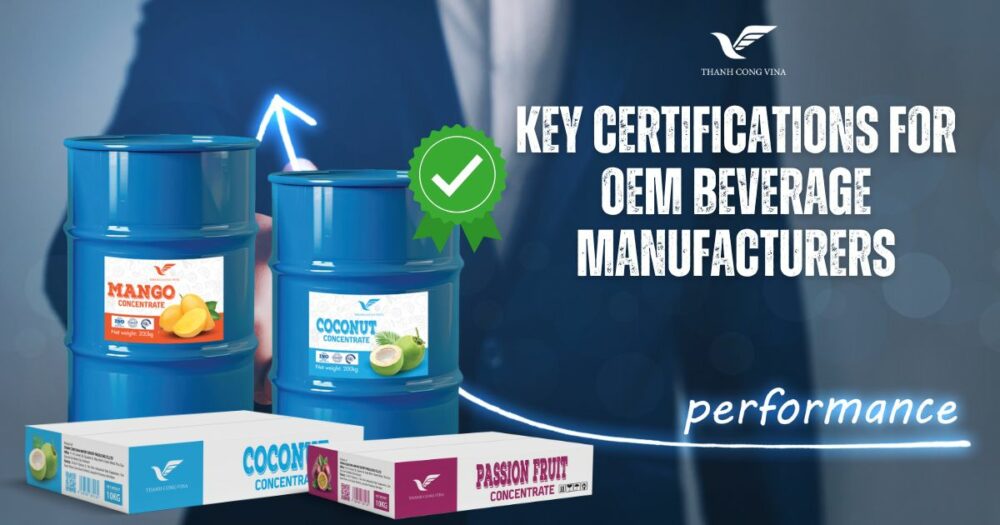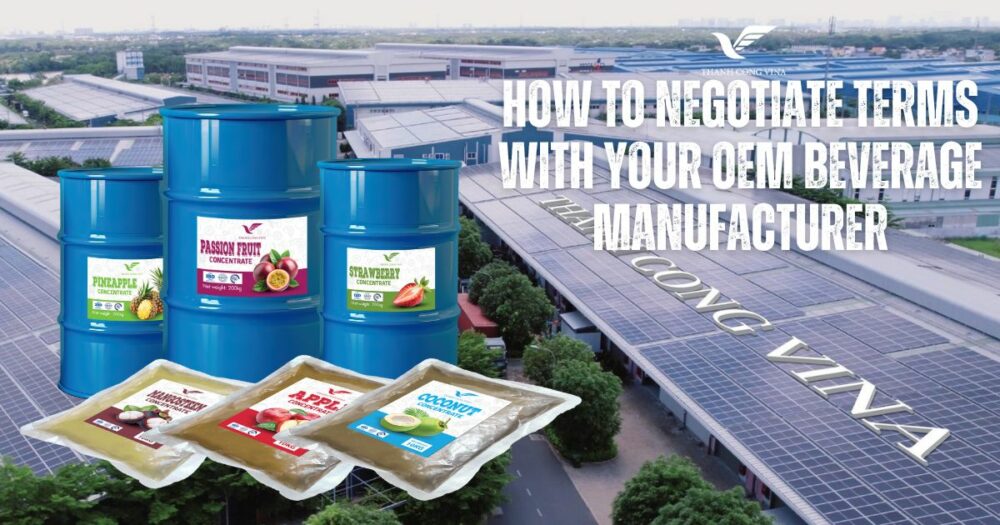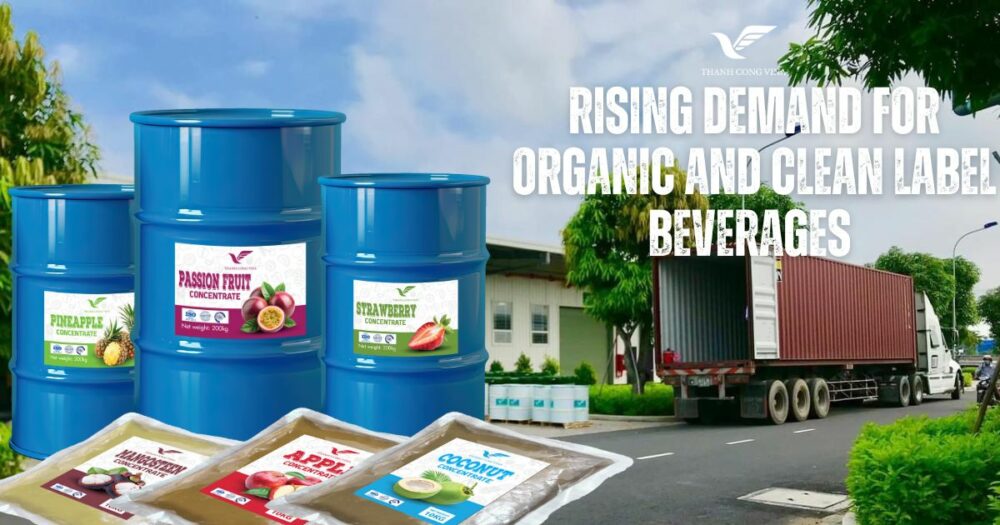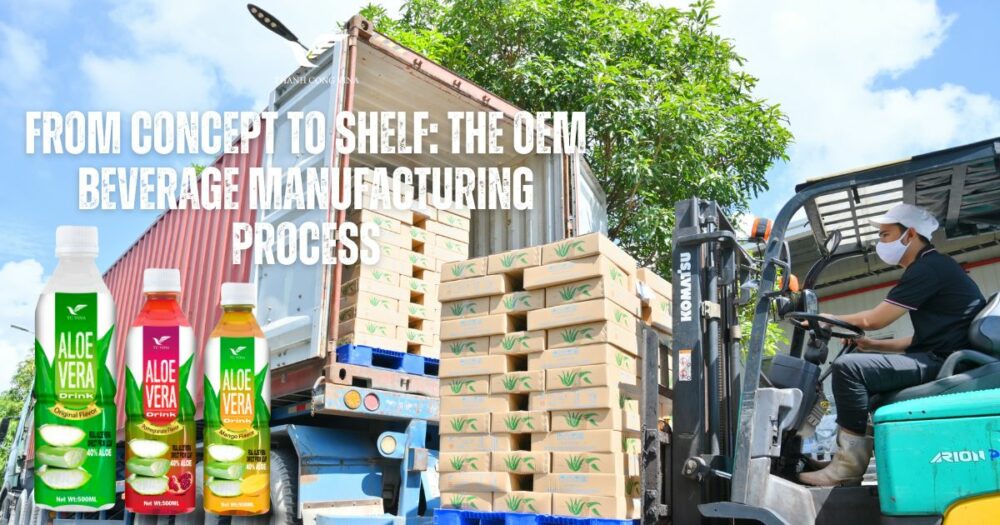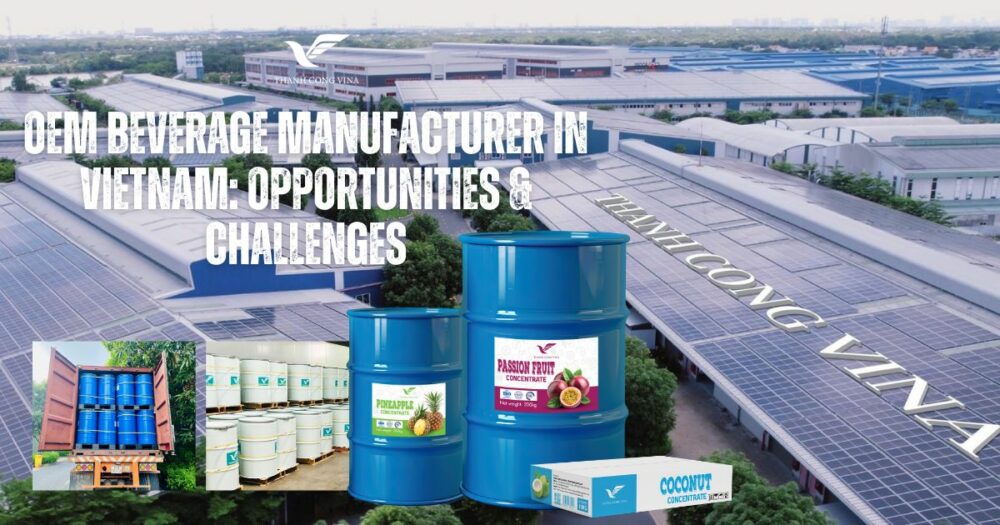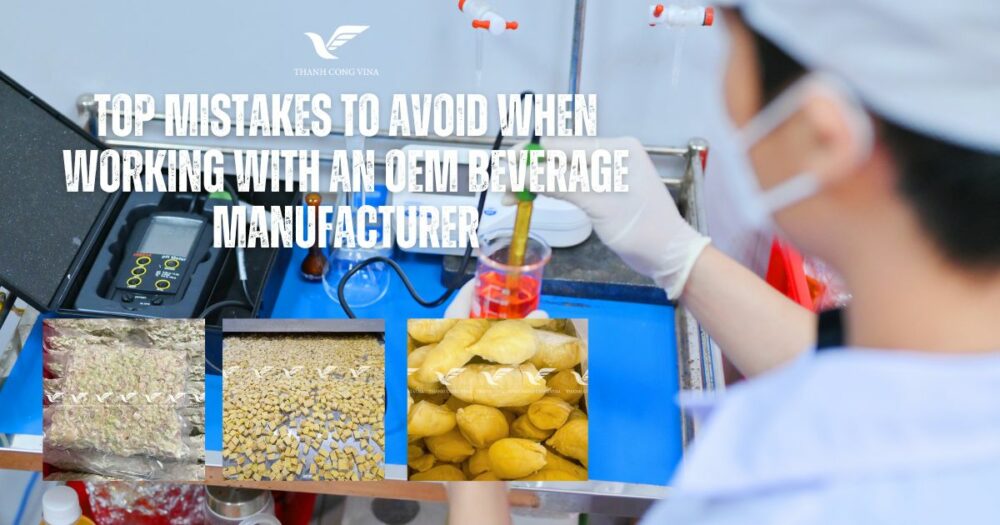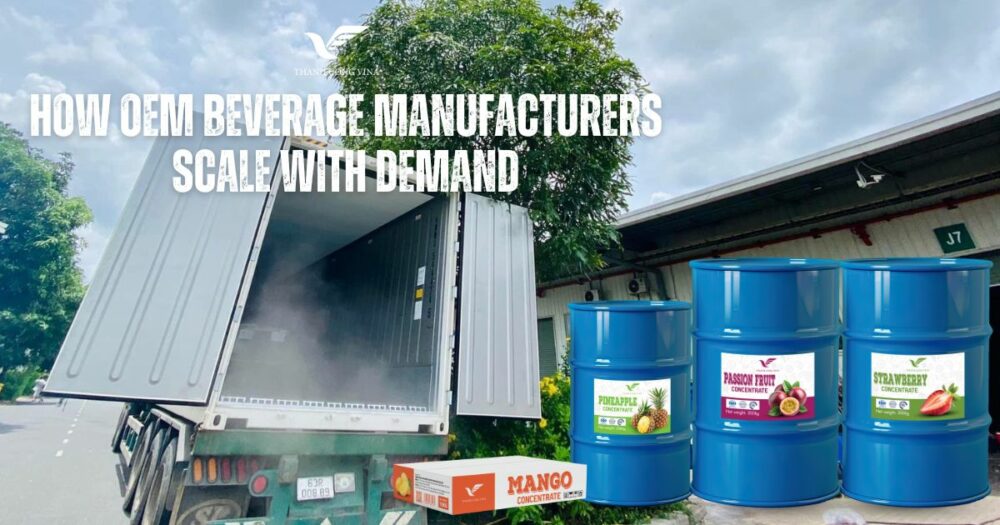The beverage industry is one of the fastest-growing markets globally, and many new brands are entering through OEM beverage manufacturing — a business model that allows companies to produce high-quality drinks without owning a production facility. But while the model offers flexibility and speed, one common question arises: how much does OEM beverage manufacturing actually cost?
Understanding cost structure is essential for brand owners, whether they are launching a new fruit juice line, an energy drink, or a plant-based beverage. Each stage — from formulation to packaging — involves different expenses. This article provides a comprehensive breakdown of OEM beverage manufacturing costs, revealing what goes into pricing, where your money goes, and how to optimize expenses without sacrificing quality.
1. What Is OEM Beverage Manufacturing?
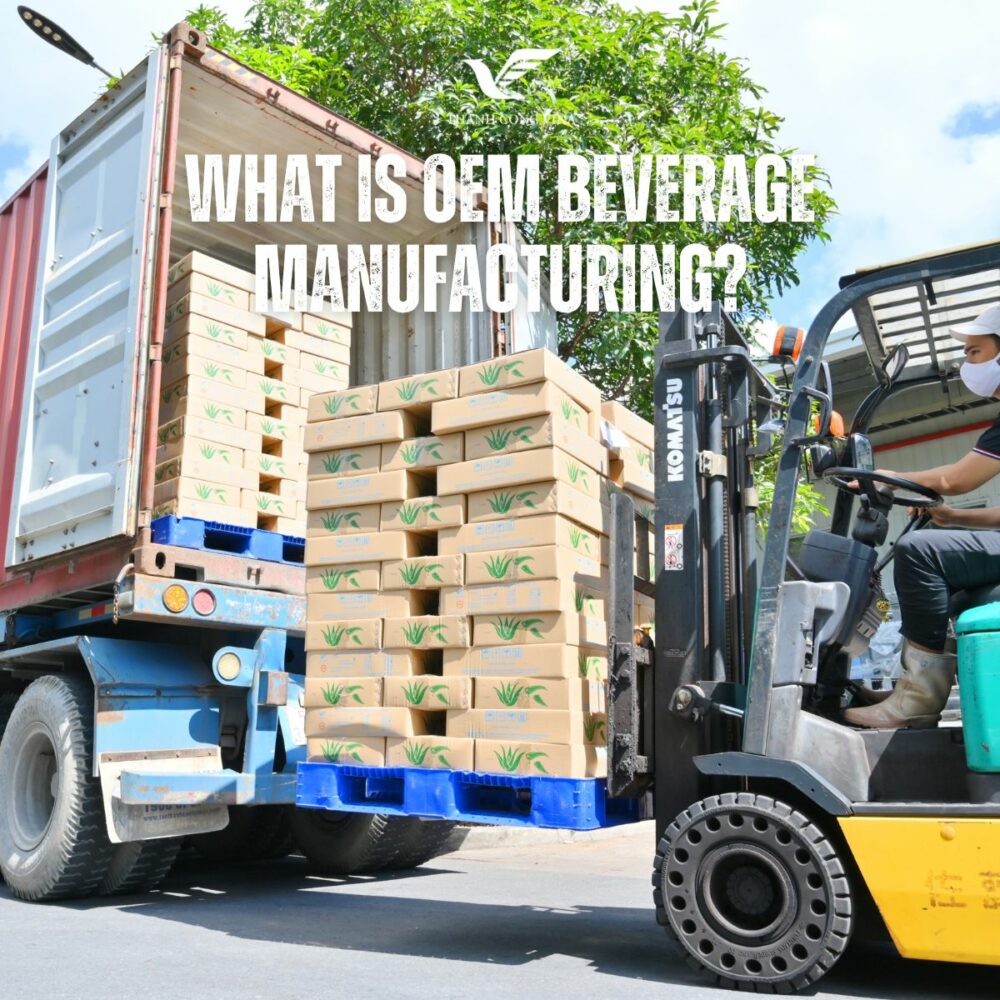
What Is OEM Beverage Manufacturing?
Understanding the OEM Concept
OEM, or Original Equipment Manufacturing, is when a third-party producer manufactures beverages under your brand’s name using your chosen recipe, packaging, and specifications. This business model enables startups and established companies alike to scale production without owning expensive machinery or factories.
Why Brands Choose OEM Production
The OEM beverage manufacturing model is especially appealing for small to mid-sized brands that want to test new markets or products quickly. It minimizes investment risks, reduces operational complexity, and gives businesses access to experienced production teams and advanced facilities. This allows brands to focus on marketing, branding, and distribution rather than managing factory operations.
How It Works
Typically, the process includes several stages: consultation, formulation development, ingredient sourcing, sample testing, packaging design, mass production, and logistics. Each stage contributes to the total cost, making it vital for brand owners to understand where resources are being spent.
2. Major Cost Components in OEM Beverage Manufacturing
Product Development and Formulation
Before production starts, beverage formulas must be developed and tested. This includes research and development (R&D), ingredient trials, and taste optimization. For functional beverages, additional costs arise from adding nutrients, vitamins, or herbal extracts that require specialized testing for stability and safety.
Ingredient and Raw Material Costs
The core cost factor in OEM beverage manufacturing is the ingredients themselves. Natural fruit juices, extracts, flavors, and sweeteners vary widely in price based on quality and origin. Organic or exotic ingredients can significantly increase costs but may justify premium pricing in the market.
Packaging and Labeling
Packaging can account for up to 30% of total production costs. Bottle materials (glass, PET, aluminum), label printing, and design customization all impact expenses. Additionally, compliance with labeling regulations, barcode creation, and environmental considerations (like recyclable materials) add extra costs.
Production and Labor
Production includes the use of machinery, utilities, manpower, and quality control. Beverage production lines for filling, capping, and pasteurization have fixed operational costs per batch. Labor, inspection, and sanitation also add to overall expenses.
Logistics and Distribution
Once bottled, products must be transported, which includes local delivery, export preparation, or warehousing. Freight, customs duties, and storage fees can vary depending on the destination and volume.
3. Hidden or Overlooked Costs in OEM Manufacturing
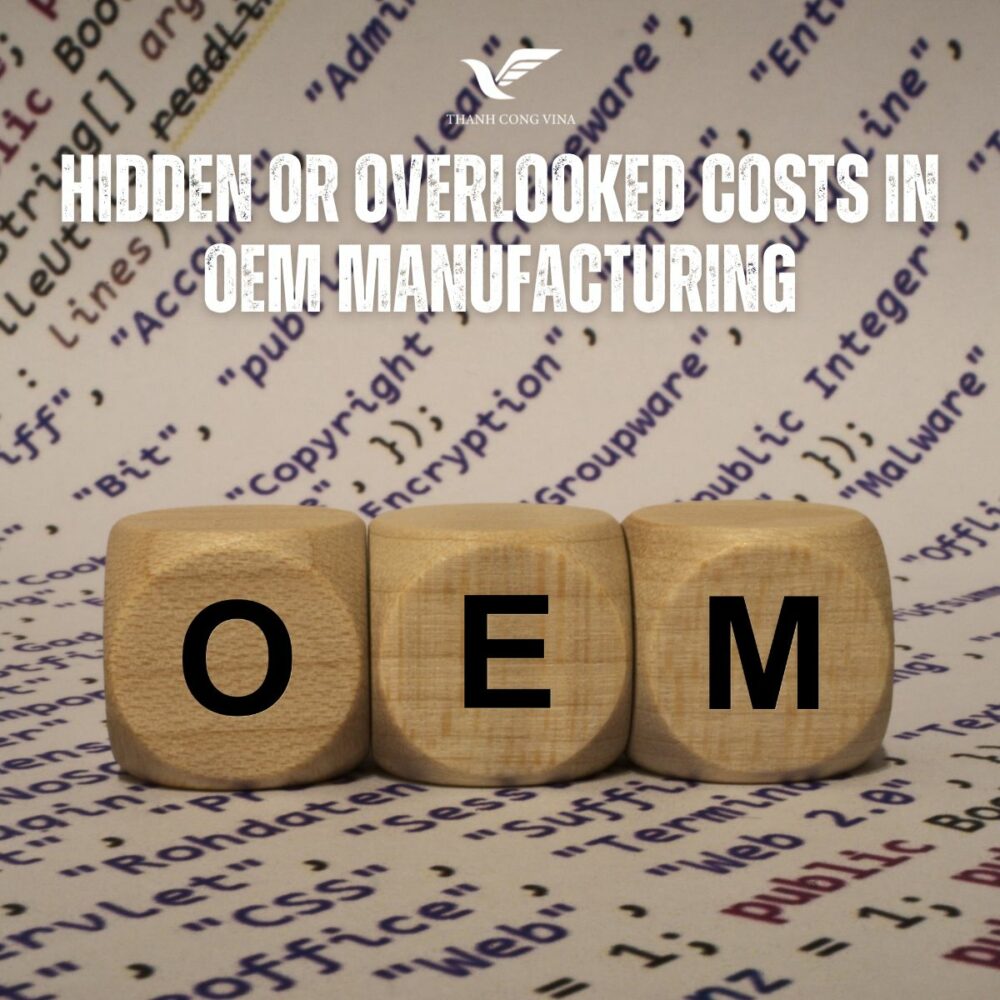
Hidden or Overlooked Costs in OEM Manufacturing
Minimum Order Quantities (MOQs)
Every OEM beverage manufacturer sets a minimum order quantity. Smaller production runs cost more per unit because they require the same setup and machinery adjustments as larger batches. This means startups with limited budgets must plan volume carefully to reduce per-unit cost.
Product Testing and Certification
To meet local and international regulations, beverages often undergo laboratory tests such as microbiological analysis, nutritional labeling, and shelf-life testing. These certification processes — while necessary — add to the total cost.
Import and Export Documentation
For brands aiming to export beverages, compliance paperwork like health certificates, export permits, and customs clearance fees are mandatory. OEM partners can manage these processes but usually charge service fees.
Marketing and Branding Support
Some manufacturers provide branding or marketing consultation as part of their service. While this adds upfront cost, it can help ensure your product meets market trends and packaging expectations — crucial for success in competitive markets.
4. Cost Comparison: OEM vs In-House Production
OEM Beverage Manufacturing: Lower Capital Risk
With OEM beverage manufacturing, you pay primarily for production batches, ingredients, and packaging. There’s no need to invest millions in factory setup, machinery, or employee training. This model allows you to allocate more resources to marketing and product innovation.
In-House Production: Higher Investment, Greater Control
Building your own beverage factory involves massive initial investment — equipment, facility setup, staff, certifications, and ongoing maintenance. However, it provides more control over production speed, formula secrecy, and long-term cost efficiency for high-volume brands.
Which Option Is More Cost-Effective?
For startups and growing brands, OEM manufacturing is almost always more affordable and scalable. Once a brand reaches large-scale demand, transitioning to partial or full in-house production may become cost-effective. The key is balancing flexibility with financial planning.
5. How Pricing Models Are Structured
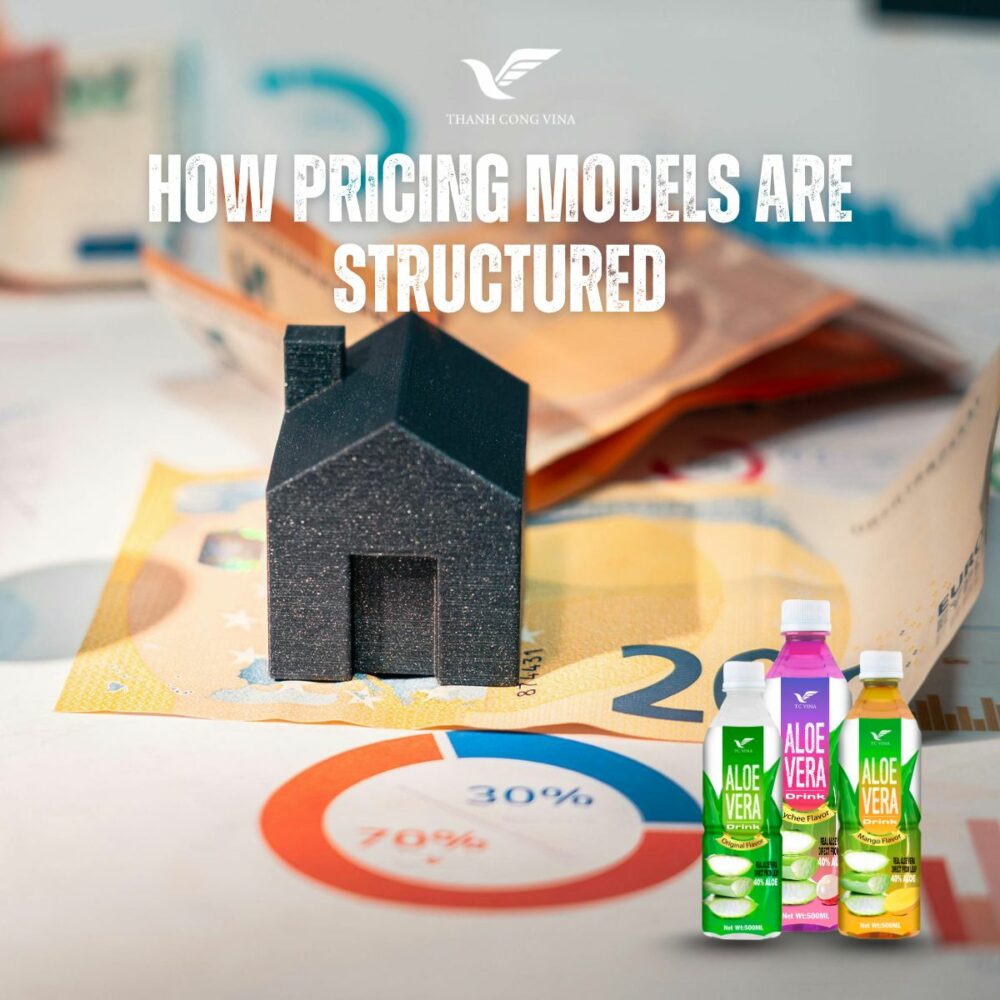
How Pricing Models Are Structured
Fixed vs. Variable Costs
Manufacturers typically divide costs into fixed (such as R&D, setup, and certification) and variable (like ingredients, packaging, and logistics). Understanding these helps you forecast future expenses when scaling up production.
Cost per Unit Breakdown
A general pricing breakdown might look like this:
-
Ingredients: 30–40%
-
Packaging: 20–30%
-
Labor & Utilities: 10–20%
-
Logistics: 10%
-
Certification, R&D, Marketing: 10–20%
These ratios vary depending on beverage type, production scale, and customization level.
Contract Terms and Payment
OEM contracts often require a deposit upfront (30–50%) and balance payment after delivery. Some manufacturers offer long-term discounts or loyalty programs for regular clients. Reviewing contract terms carefully helps prevent unexpected charges.
6. Factors That Influence OEM Beverage Manufacturing Costs
Beverage Type
Functional drinks (with added vitamins, probiotics, or herbal extracts) cost more to produce than standard soft drinks or juices due to extra formulation and testing steps. Similarly, carbonated drinks need specialized bottling lines, increasing costs.
Ingredient Sourcing
Local sourcing reduces costs, but imported raw materials — like tropical fruit concentrates or organic extracts — often come with higher prices and shipping fees. Choosing sustainable sources can also affect total expenses.
Packaging Format
Different packaging formats (cans, PET bottles, glass, pouches) carry different costs. For example, aluminum cans are lightweight but more expensive than PET, while glass offers premium branding but adds transportation weight.
Volume and Frequency
Larger orders benefit from economies of scale. Producing in bulk spreads fixed costs over more units, significantly reducing per-bottle cost. Consistent, recurring orders often receive preferential pricing.
7. Cost-Saving Strategies for Beverage Brands
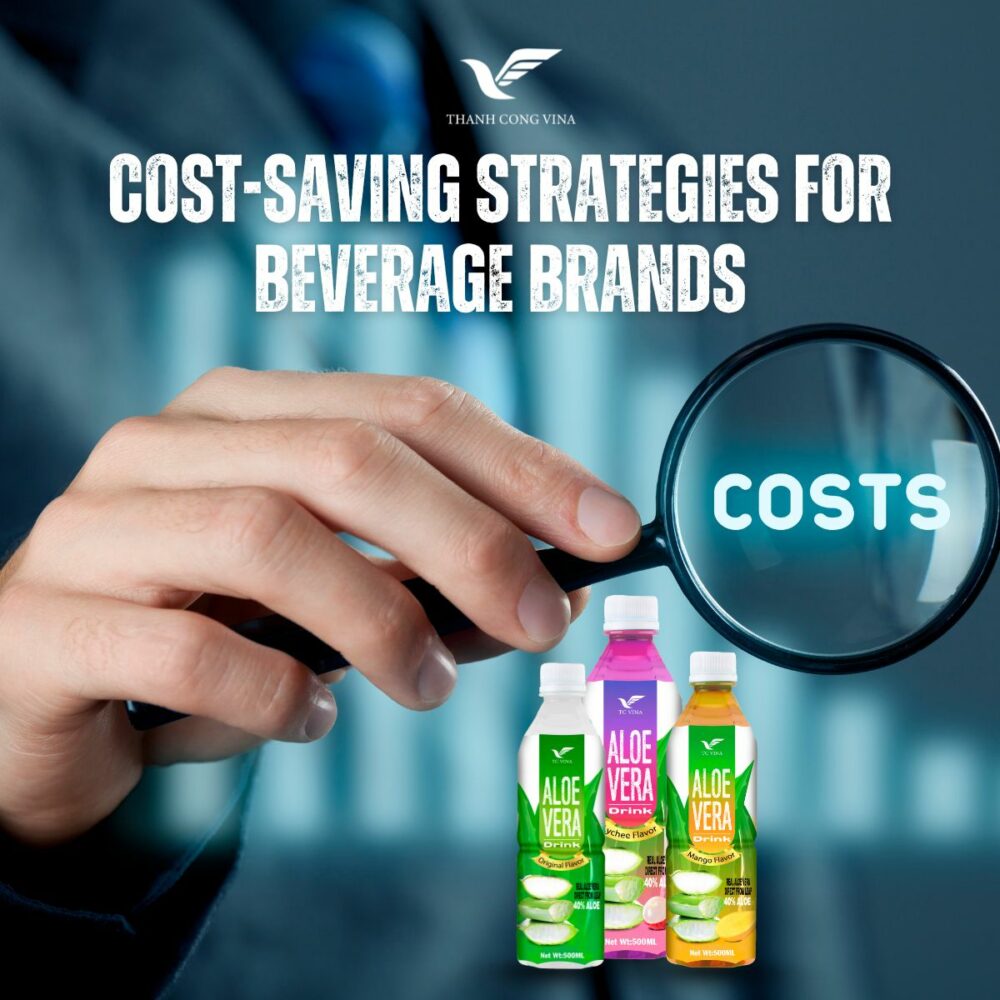
Cost-Saving Strategies for Beverage Brands
Partner with Experienced OEM Manufacturers
A reliable OEM beverage manufacturer can help you identify cost-saving opportunities without compromising quality. They have established supplier networks, optimized production processes, and efficient logistics systems.
Simplify Packaging Design
Minimalist packaging not only saves material costs but also aligns with modern eco-friendly trends. Choosing standardized bottle shapes and label sizes reduces customization expenses.
Use Local Ingredients
Whenever possible, use ingredients that are abundant in your region. This reduces shipping and import costs while supporting local agriculture.
Negotiate Long-Term Contracts
Manufacturers often offer discounts for clients with repeat orders or multi-year contracts. Establishing a stable partnership helps both sides optimize resources and maintain consistent quality.
8. The Future of OEM Beverage Manufacturing Costs
Technological Innovations
Automation, smart bottling systems, and AI-driven quality control are lowering labor costs and improving consistency. As technology advances, OEM beverage manufacturing is becoming more cost-efficient and scalable.
Sustainability and Green Production
Eco-friendly materials and energy-efficient production are shaping the future of the beverage industry. While initial investments in sustainable solutions may be higher, long-term benefits include lower waste and better brand reputation.
Global Market Trends
As consumer demand for healthy, functional, and natural drinks increases, OEM manufacturers are expanding services like organic certification, sugar-free formulations, and custom flavor development — each influencing overall cost dynamics.
Conclusion
In today’s competitive beverage industry, understanding the true cost of OEM beverage manufacturing empowers brands to make informed, strategic decisions. From formulation and ingredient sourcing to packaging and logistics, every cost component plays a critical role in shaping your product’s market value and profitability.
For businesses seeking a trusted partner with years of experience, Thanh Cong Vina IEP CO., LTD offers comprehensive OEM beverage solutions tailored to global standards. The company’s expertise in formulation, production, and export ensures consistent quality at competitive costs. Whether launching a new fruit juice line or scaling an existing brand, Thanh Cong Vina provides transparent cost structures and end-to-end support that help beverage brands thrive in today’s dynamic market.
See More: Dried Fruits: Benefits and Applications in Daily Life
